Styling the 50 Series

The 50 series represented more than just high-tech engineering. The tractor model introduced styling that was more angular and dramatic than anything on the market at the time. Styling was nothing new to tractor design. The importance of industrial design had been understood since the 1930s, when most of the tractor industry leaned on prominent designers to give their line a look or boost.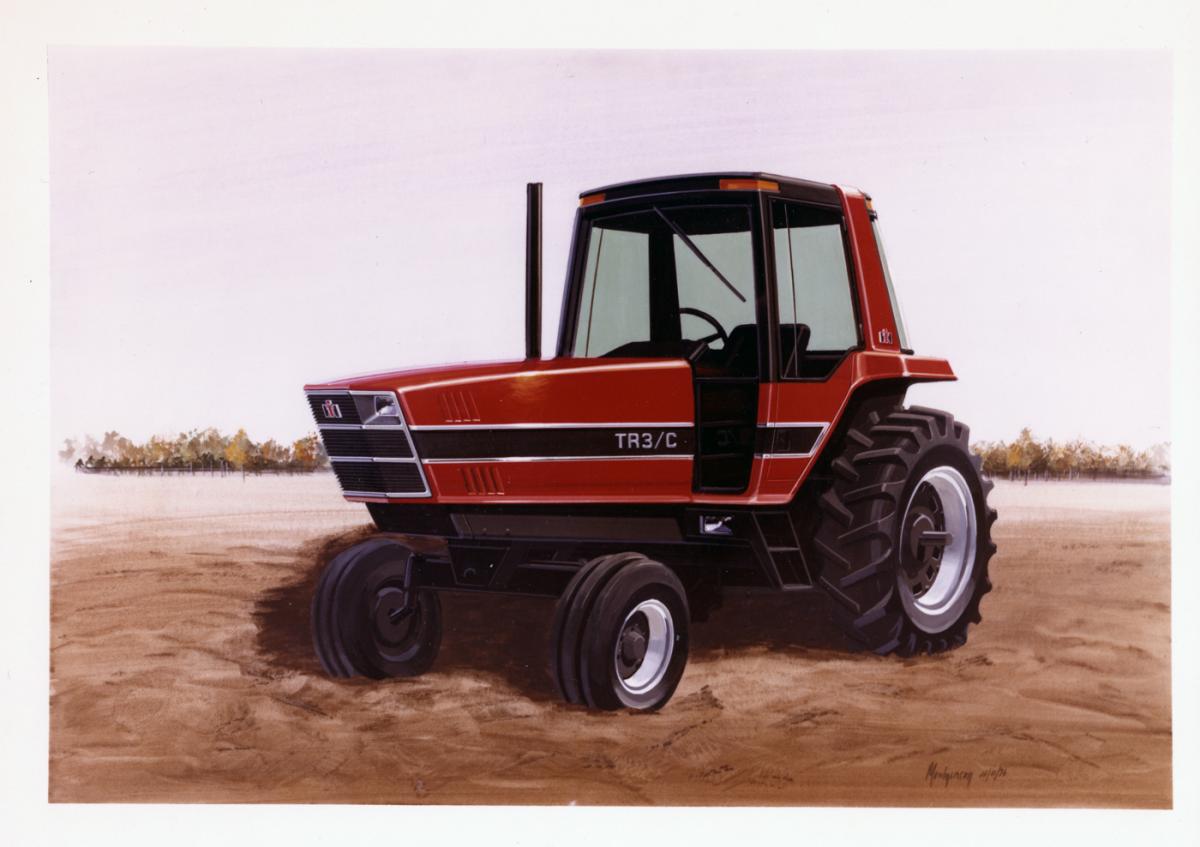
This original concept rendering for the new 50 series tractor line is dated November 1976. Gregg Montgomery collection
By the 1970s industrial design had evolved and the principles of planned obsolescence fostered by Brooks Stevens were becoming gauche. Dieter Rams, a prominent designer of the time, echoed the simple philosophy of Henry Dreyfuss: Make your product timeless, useful, and unobtrusive.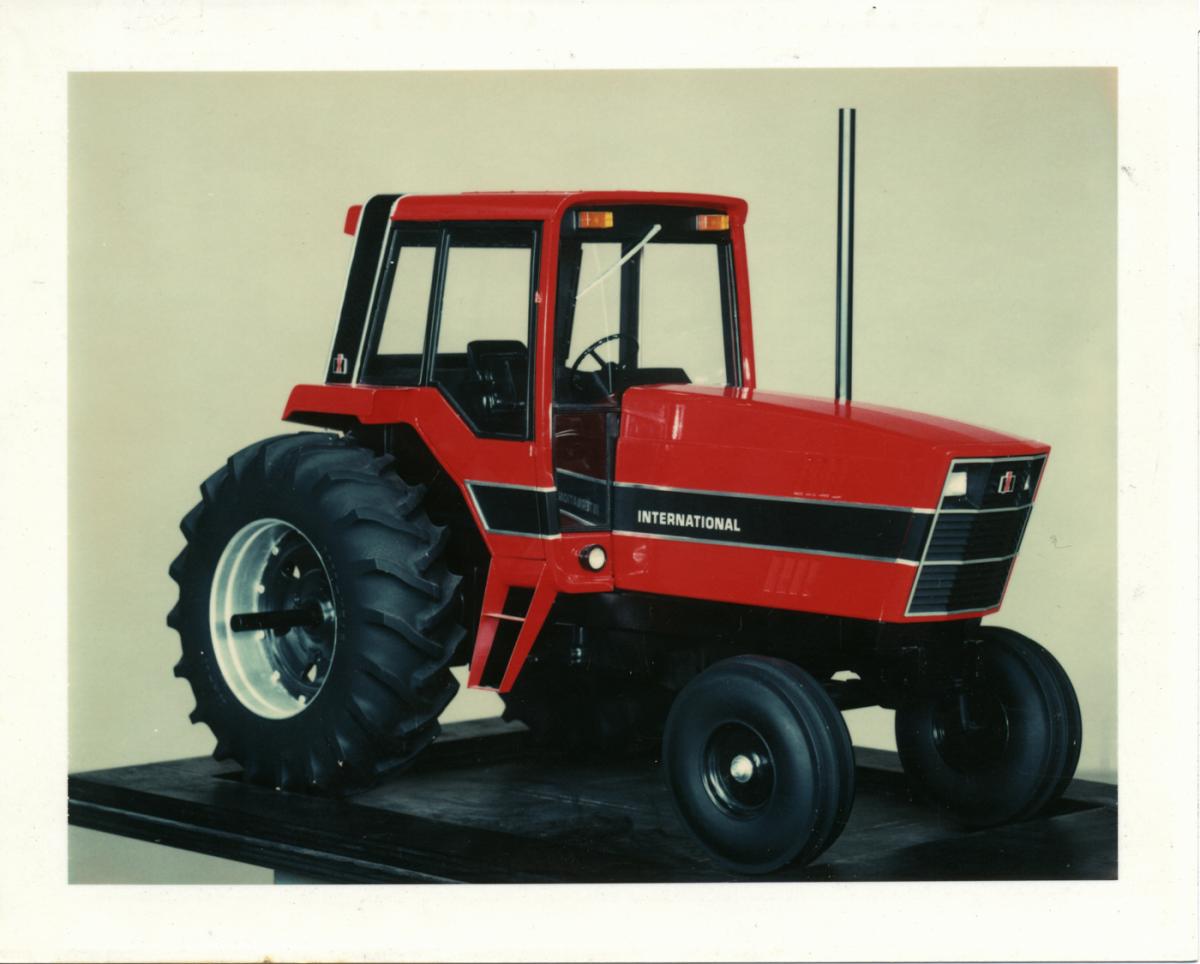
Gregg Montgomery, who holds 17 design paternts, has been responsible for many of the International Harvester and Case IH tractor designs created since the early 1980s. Naturally attracted to functional designs, he built a camera and a sailboat in high school when tasked with design projects. “I had a little bit of trouble with the professor because I wanted to go sailing, so I just took the boat and went sailing,” Montgomery said. “But he had been on vacation so he didn’t get a chance to see it.” Fortunately for the budding designer, the professor had already submitted a grade.
After getting his degree in industrial design from the University of Illinois, Montgomery worked for Ford Motor Company and Caterpillar before joining the International Harvester design team in 1974. He was part of a seven-person team led by design manager Bob Skyer. Montgomery’s first task was some graphics work on the 86 series. The 50 series was the first tractor design project under his supervision.
Montgomery was given broad design parameters. “In that case, they knew they wanted to keep the basic structure of the existing cab that they had,” he explained. “And they had a different type of cooling system that actually reversed airflow cooling. So it was a longer chassis, and so they had layouts that they gave us and we kind of worked off of those proportions and did a perspective and sketches, but took into account the changes that were being made, and then, of course, put a hood on it and made some changes to the cab as well and the graphics.”
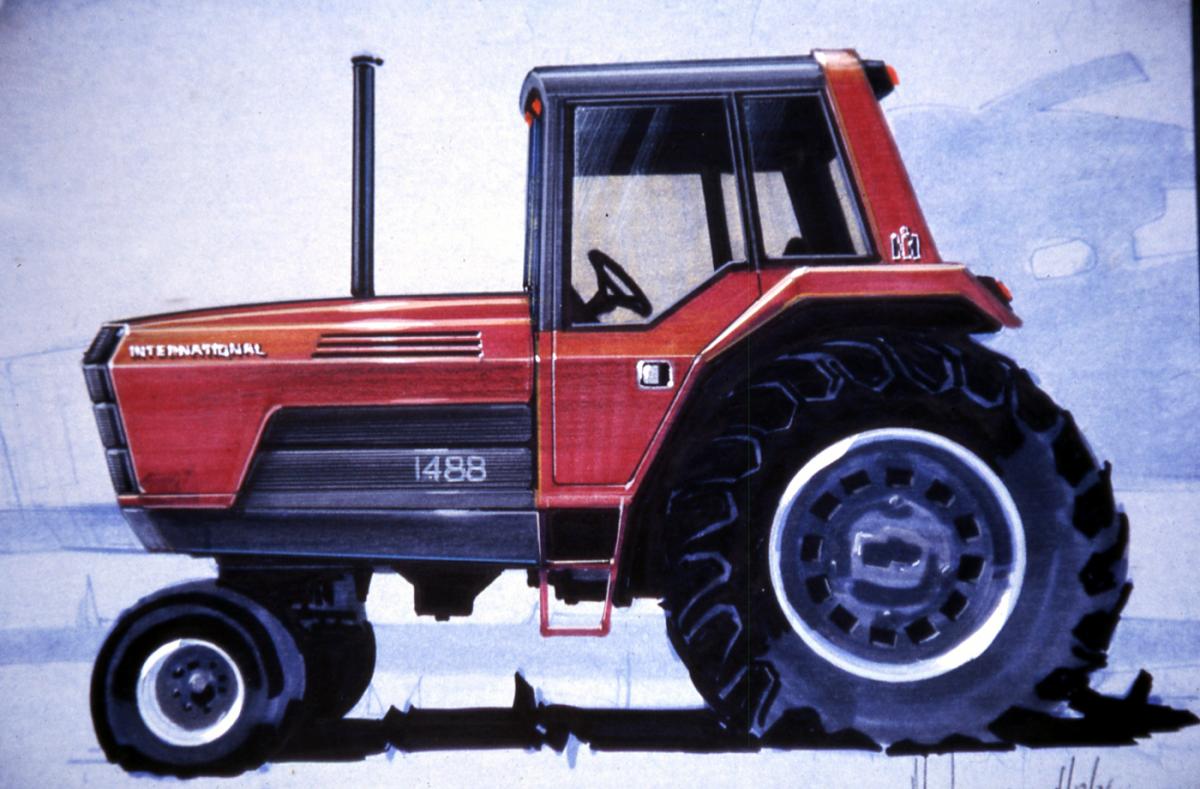 One of many alternative design concepts for the new 50 series tractor. Gregg Montgomery collection
One of many alternative design concepts for the new 50 series tractor. Gregg Montgomery collectionOne of the biggest challenges Montgomery faced was working the new Forward Air Flow feature on the 50 series. “The reverse airflow was certainly different than anything anybody else was doing,” Montgomery recalled. “It required two fairly large intakes on the top of the hood, which wasn’t all that difficult, but it did cause some problems in terms of how the sheet metal was formed, and to get even a mild amount of curvature to it, you’ve got to go to stamping dies and things like that. So it ended up putting some cost into it.”

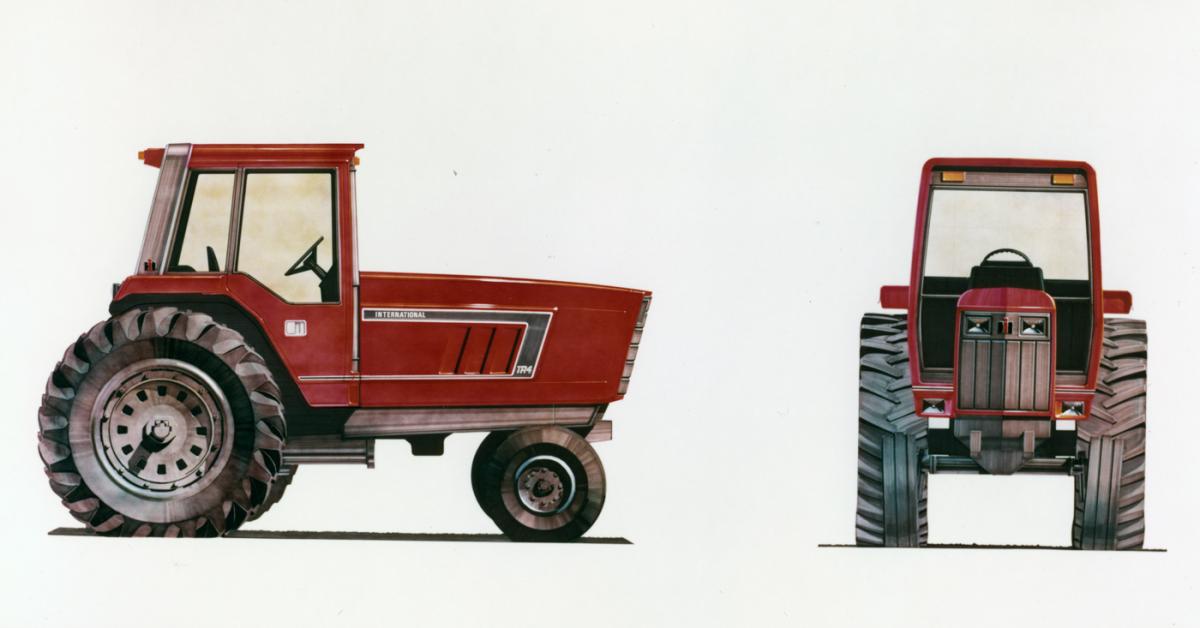 These images depict a proportionally accurate side elevation of the early 50 series tractor design, codenamed TR4, with the new 86 series cab. Gregg Montgomery collection
These images depict a proportionally accurate side elevation of the early 50 series tractor design, codenamed TR4, with the new 86 series cab. Gregg Montgomery collectionThe fully enclosed engine was also new to the tractor industry. “It had a side panel because of the fully enclosed engine, and it was all sheet metal, so it was fairly heavy,” Montgomery explained. “It wasn’t like you could tilt the whole hood open like they do today with the plastic hoods. But it had a side panel that opened so that all the daily service things were sort of routed to that side panel so that if a guy wanted to check oil and check fluid levels and things like that, all he had to do was open the one door, it was all right there. So that was a bit of a challenge from an engineering and design standpoint.”
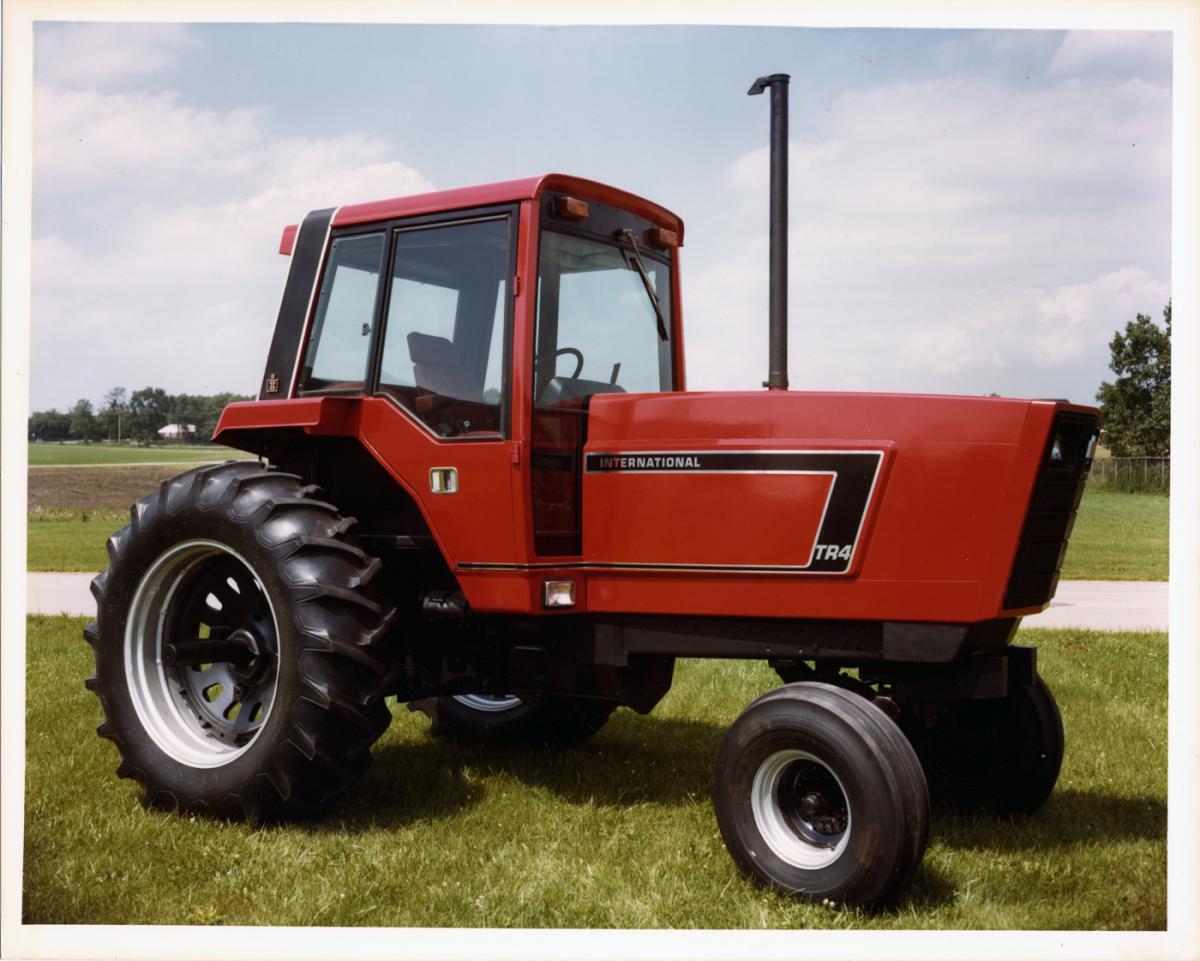 The first full-size mockup of the TR4, built with the modified 86 series cab and wooden hood. Gregg Montgomery collection
The first full-size mockup of the TR4, built with the modified 86 series cab and wooden hood. Gregg Montgomery collectionThe design itself was sharper and more angular than past tractor designs. “It was a lot crisper design. They were doing some of that in automotive at the time. I’m thinking of [Lincoln] Continentals, and some of those kind of cars were very angular. But it certainly hadn’t really been done in tractor design,” Montgomery explained.
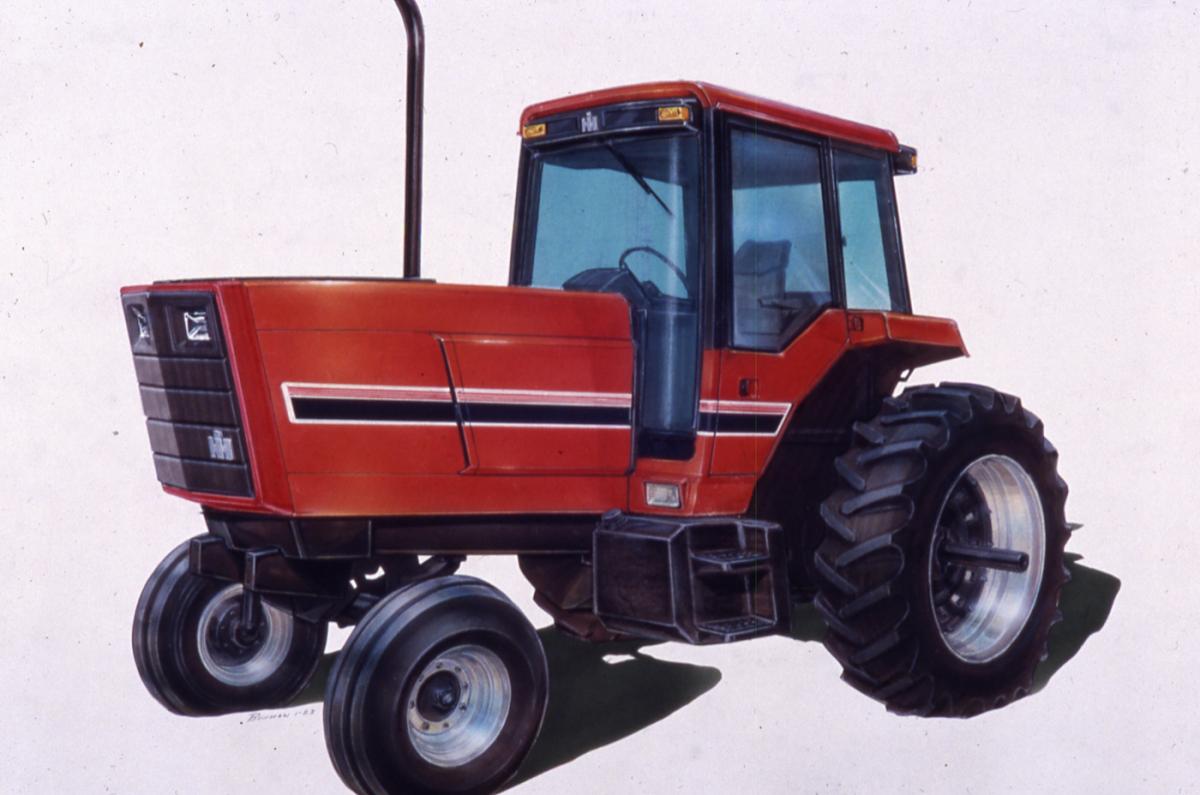 Rendering depicting final details of the new 50 series tractor. Gregg Montgomery collection
Rendering depicting final details of the new 50 series tractor. Gregg Montgomery collectionThe driver for the new look was motion. Montgomery: “If you look at that machine in motion, it has a very aggressive kind of forward-leaning look, like even if it’s sitting still it looks like it’s trying to dig its wheels in and move forward. So that was kind of the thought behind it—to get a very aggressive kind of machine that looked like it could do the job.”
According to Montgomery, that look emerged as the sketches were done. “There were other sketches that were made that were softer looks and different or more vertical-looking. But I think everybody just kind of responded to that same sort of aggressive look to it.”
The process was much more tactile than how tractors are designed today.
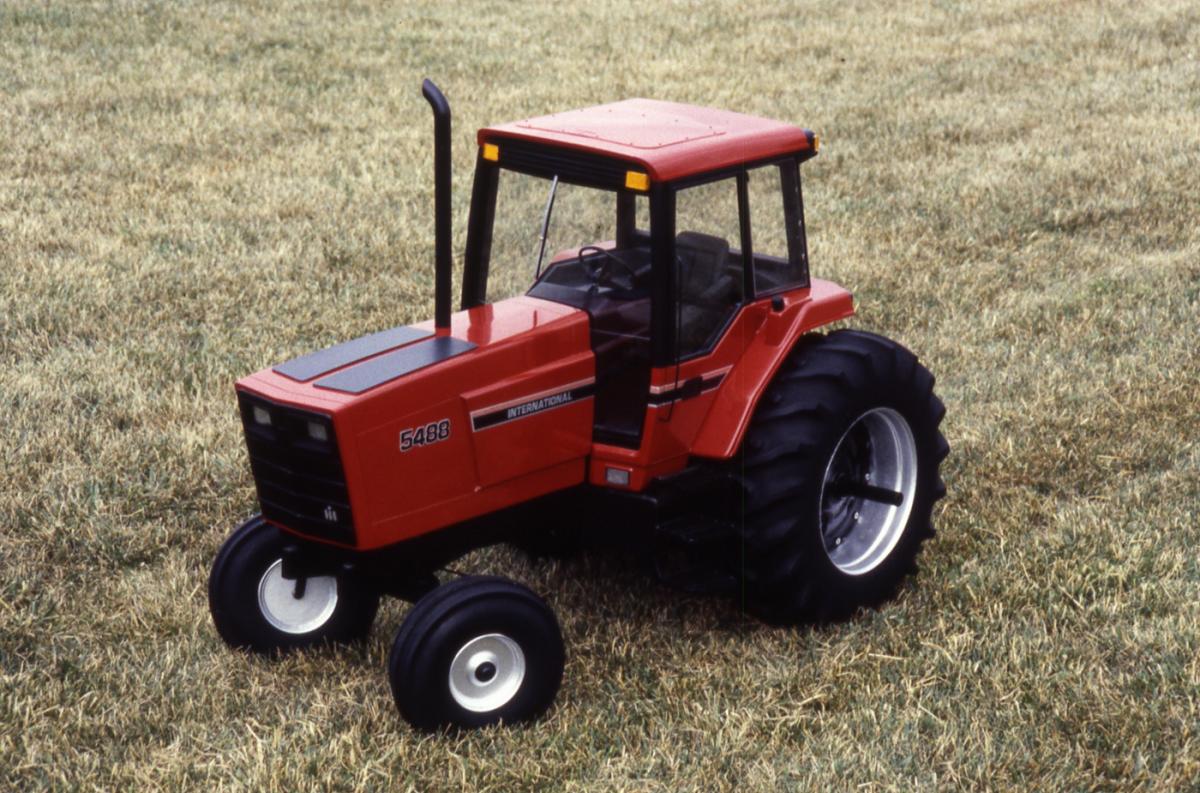 Fully detailed quarter-scale model of final 50 series design. Gregg Montgomery collection
Fully detailed quarter-scale model of final 50 series design. Gregg Montgomery collection“At that time computers didn’t exist, so you’d sit at your drawing board, and we had very large drawing boards. They were about 7 feet tall by about 12 feet long. And so you could get a quarter-scale layout on there fairly easily. So we would start laying it out, again working over theengineering layouts and the information that we were given that we had to hold to. And then start working out the profiles and all the shapes and then eventually worked into a wooden mockup. There was a pattern shop there at the Engineering Center, and they’re still working out of that building in Burr Ridge, but they had a wood model shop and pattern shop, and they made the first mockup of that tractor.”
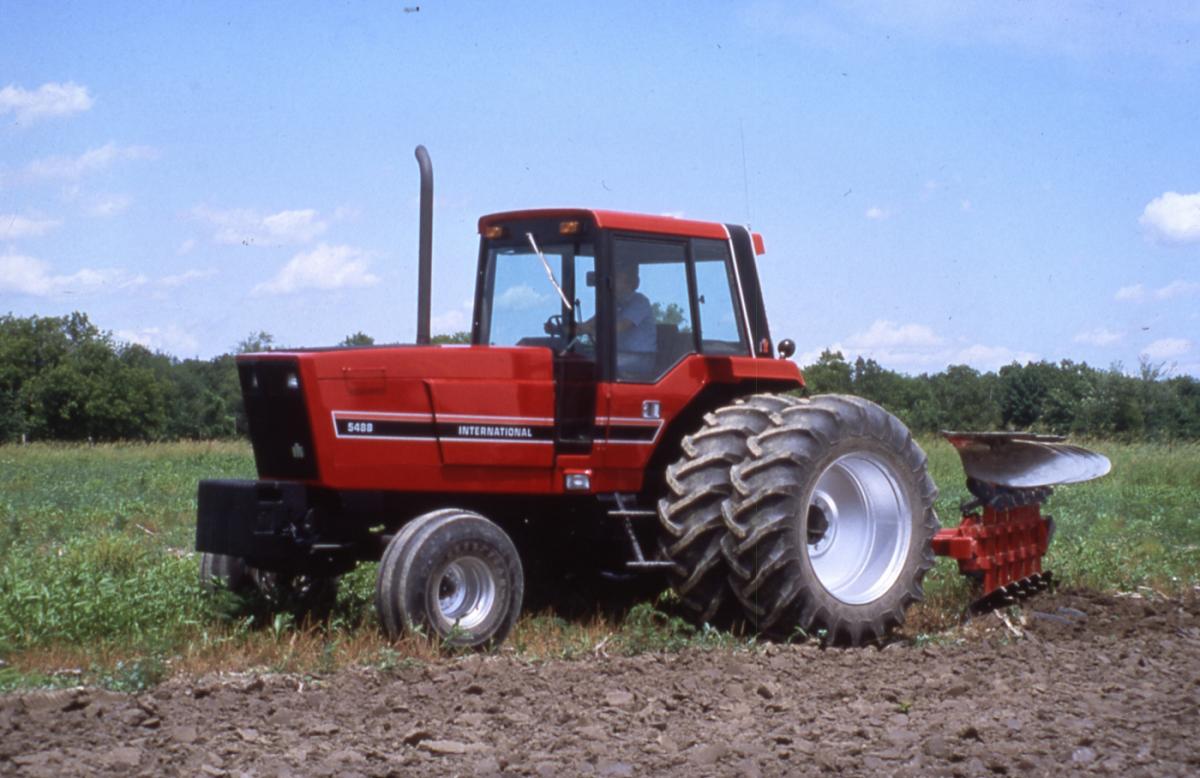 The finished product, at work in the field. Gregg Montgomery collection
The finished product, at work in the field. Gregg Montgomery collectionIn the end, the 50 series design proved to be one of the most radical departures in style at International Harvester. For Montgomery, it was the beginning of a long career doing what he loved.
“It was interesting and fun to work on,” he said. “That’s one thing I’ve always said about my career—I get paid for doing what I used to get kicked out of study hall for.”
To find out the rest of the incredible story of International Harvester, get your copy of Red Tractors 1958-2013 here!
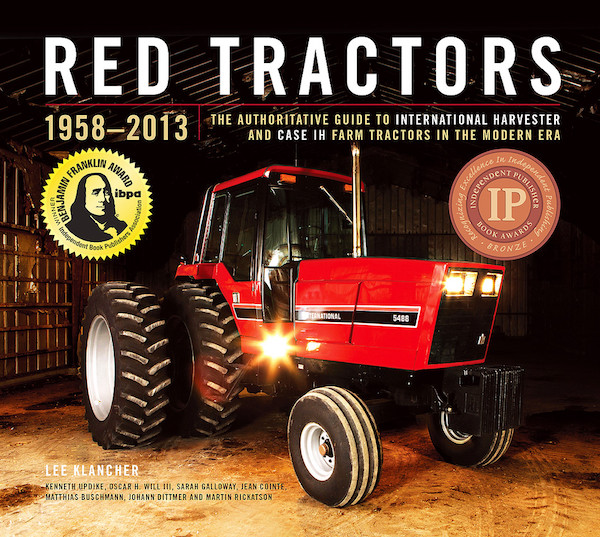
Previous Excerpt - Next Excerpt

